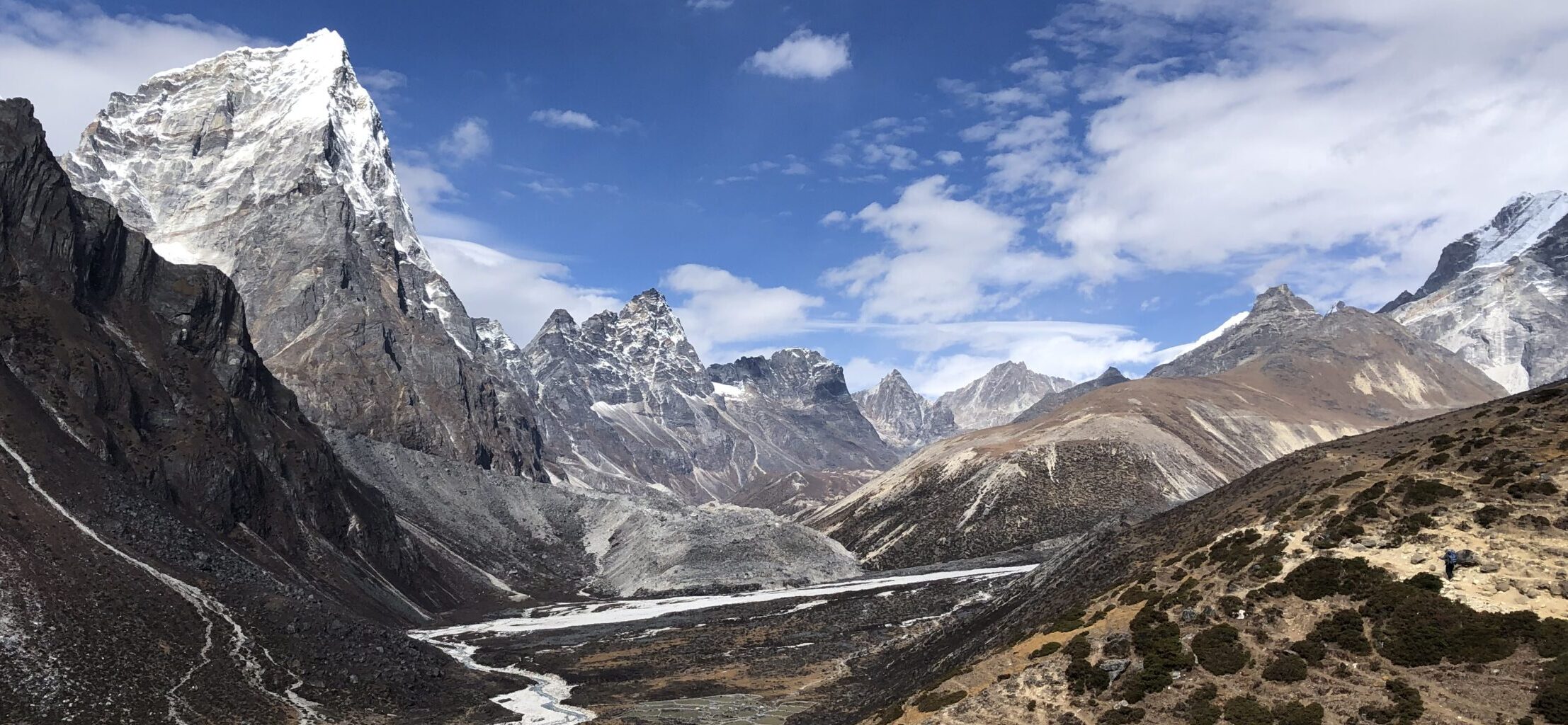Where to Stay During De 4daagse?
Securing accommodation early is essential step immediately after successful registration for De 4daagse. This popular event attracts both walkers and concertgoers, making it a challenge to find an accommodation.
Here are some alternatives :
- Hotels/hostels: Sell out very quickly, often at premium prices. I have seen some book a year in advance
- Airbnb: I found accommodation for around €110 per night—pricey but offered comfort and peace. If you’re traveling with a group, consider renting a larger space and splitting the cost.
- 4DaagseBed: Locals offer rooms or couches for walkers. Sign up HERE.
- Campsites: There are campsites for campers, vans or tents around the city.
- Hotel/hostel/airbnb or other further Away: If staying further from Nijmegen, ensure easy access by public transportation. You can reach out to your accommodation prior booking to check if they provide shuttle. First year I have stayed at Airbnb further away and the host had “deal” with nearby hotel and I was able to use the shuttle service of the hotel for a fee. Avoid driving into city, there is no easy parking place. Shuttle, public transport or bike are your options if staying further away. Take into consideration earlier wake up time.
Pro Tip: Check the Nijmeegse Vierdaagse Facebook group for last-minute accommodation deals or connect with other participants to share larger rentals.
What to consider while choosing accommodation?
- Price
- Logistics of getting from and to the place
- How much walking is required to get from/to your place
- Is there public transportation even in the early hours
- Will you have sufficient time for recovery
- Is the place quiet and peaceful
- Are you able to get food, availability of supermarkets or restaurants
- Can you prepare food at your accommodation, is there fridge or kitchen

How to Train for De 4daagse?
Training depends on your fitness level, available time for training and the duration before 4daagse. If you are unsure of your level and the distance you are comfortable with, start with 5-10km walk. Gauge how you feel—was it easy or challenging? Did you get blisters or other issues? Gradually increase the distance as your body adapts. Since De 4daagse takes place on flat terrain on road (with some hills on the last day), focus on training your body for long distances on tarmac, not technical trails. You can include some hill hikes or trails to break the routine and for some challenge. The main goal of your training is to train your feet and other muscles for walking long distances on tarmac.
How to Increase the distance?
Prioritize longer walks over frequent short walks in your training. For example, a single 35km walk (once you’re ready) is more effective than seven 5km walks in a week. Your body needs to adjust to the repetitive movement over long distances. In addition doing many small walks might give you false sense of readiness. You might be able easily achieve 5km each day of week, but that does not translate of being able to cover 35km in single day.
General rule of thumb suggests not to increase your distance by more than 10% per week. That is good rule to follow, but mainly listen to your body. If you’re comfortable, you are increase your distance more. On the other hand, if you are struggling, do not increase the distance in your next session, or possibly even decrease the distance.

How Much Distance to Train?
The commonly known rule for single-day events is to aim to complete 50-75% of the event distance during training. It is not necessary to do the full distance in your training since the adrenaline and atmosphere will help you. During your 4daagse training, it’s crucial to include couple of multi-day sessions, for example 2x 30km walks or 3x various distances. This helps you understand and troubleshoot your recovery process and prepare your body for back-to-back long days. I understand that finding time for training might be challenge for some people. The more you are trained, the less you will suffer during the event. There is no magical training plan or minimum distance, that will assure your successful completion. I know there are some people who do this event without any training, but I would not recommend doing so. The risk of failing is then very high and you are less likely to enjoy the amazing atmosphere of this event.
What Else to Train?
Include the following in your training:
- Hydration and Nutrition: Test your intake levels during long walks. Certain things or simply the long distance might make some people nauseous.
- Gear: Train in the clothing, shoes and other gear, such as backpack or hip belt, you’ll wear during the event.
- Weather: Train in different conditions—expect cold mornings, hot days, and possible rain during De 4daagse.
- Recovery: Practice recovery methods, such as stretching or using recovery tools, to help you bounce back after long walks
How to prevent blisters?
I have article HERE
Read more about 4daagse:
1 – What to know before registering
3 – Further information about the event
4 – Nutrition, clothing and gear
5 – The event
Official website HERE

